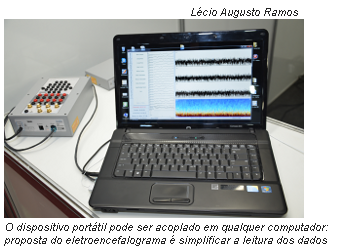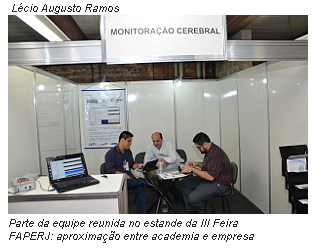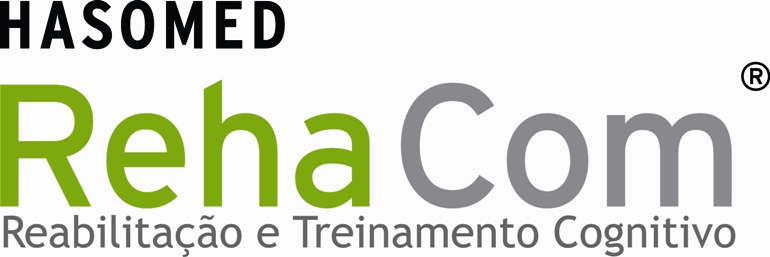Partnership between business and UFRJ results in the development of brain monitor source:
Deborah Motta
The rapprochement between academia and business is one of the elements that favor technological innovation, creating products and processes that can contribute directly to improving the quality of life. One example is the recent partnership between the company Emsa, medical equipment, and the Federal University of Rio de Janeiro (UFRJ), joining in the Laboratory of Signal Processing in Neural Engineering (Lapis), the Biomedical Engineering Program Coppe . With the support of the Technological Innovation Program of the State of Rio de Janeiro, FAPERJ, they developed an innovative brain function monitor for patients admitted to intensive care units (ICUs).
This is an electroencephalograph, equipment capable of monitoring brain electrical activity, with special features. According to the biomedical engineer Paulo Farina Jr., a partner at EMSA, the product can facilitate medical management of seizures in patients hospitalized in ICUs. "The EEG analysis is very important for patients in a coma because the seizure symptoms are not always apparent," Farina said. "But the cost of maintaining a team of doctors EEG readers, who are usually skilled neurologists in the interpretation of the EEG is high, especially for hospitals of the Unified Health System (SUS). Even in developed countries, there is a limitation on the availability of professionals with this specific training, "he added.

Therefore, the proposal of the equipment is to facilitate the interpretation of data of brain electrical activity, with parameters that make monitoring more objective, and could be done previously by non-specialized physicians. In other words, it simplifies the data to be interpreted, allowing visualization of compressed time signal into a single image. "The equipment meets a market gap. As in most ICUs in hospitals in Brazil there is no team of medical EEG readers, it would be a way for the non-specialist pre-assess comatose patients. The intensive care physician could monitor the most relevant changes in brain function and request an expert whenever necessary "he said.
The equipment consists of a system employing signal processing techniques. "It can be attached to any computer for reading the brain electrical data, whether laptop or desktop, and operates on any voltage available in the country, which can be an advantage to spread the use of the equipment in the various regions" Farina said.
The partnership between EMSA and the Lapis / Coppe emerged during Farina Masters in Biomedical Engineering at the institution. "It's an opportunity to effect the transfer of a technology that is already being investigated in Lapis since the 1980s. The company has always worked in the neurophysiology equipment market, which has resulted in the development of various systems for monitoring biological signals in particular electroencephalographic signals, "said Farina.
According to the businessman, the equipment was first developed in 2011 and has been approved and certified by INMETRO. Now he awaits the release for marketing by the National Health Surveillance Agency (ANVISA). "When this step is completed, we will be open to proposals for purchase by managers of public or private so that the equipment reaches the market health," he said. And further: "By being innovative, he would hardly have been developed without the support of a financing agency. The support of FAPERJ was decisive and the partnership with UFRJ Emsa opens the door to new technologies and perhaps other products in the medical field. "

In addition to Paul Farina Jr., participating in the project: the Emsa, the techie in data processing Guiarone Cavalheiro, and electronic engineer Edilson Borges; in Lapis / Coppe, doctors in biomedical engineering Fernando Infantosi, Antonio Mauricio de Sá and Danilo Melges. The project was one of the highlights among the booths of Fair III FAPERJ for Science, Technology and Innovation, held 10-12 October at the Citizen Action Cultural Center, in the health district
Source: FAPERJ - Fundação Carlos Chagas Filho de Amparo à Pesquisa do Estado do Rio de Janeiro.
News and Information
EMSA gets GMP certification for products in risk classes I, II, III and IV were granted by the National Health Surveillance Agency certification for Good Manufacturing Practices for products of all existing classes of risk, which demonstrates the high standard of quality of the processes adopted by the company.

